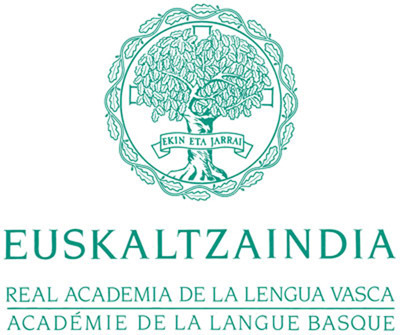Youth language in Beasain: the influence of the context on code-switching
DOI:
https://doi.org/10.59866/eia.v1i69.272Keywords:
youth language, conversation, code-switching, communicative contextAbstract
In this research, different conversations among a group of young people from Beasain were analyzed. To this end, discussions within this group were recorded in both peer group and family contexts. The recordings were then transcribed and analyzed. Through this analysis, we wanted to see what code-switching characteristics are displayed in the daily verbal behavior of these young people from Beasain in their peer group and family contexts. Considering the need to analyze youth language as a phenomenon closely linked to today’s communicative context (Lantto 2015), the main objective of this work was to identify differences between one context and another in the use of code-switching. To this end, it focused mainly on the pragmatic, syntactic and lexical aspect of code-switching in youth conversations, analyzing the results obtained on the basis of these aspects of language. Themain conclusion of the work was that young people adapt their language significantly to the context and nature of the conversation, even if the contexts are informal.
Downloads
References
Aiestaran Iparragirre, M. (2023). Beasaingo gazte-hizkera aztergai: kode-alternantziaren eragina testuinguruaren arabera. [Gradu Amaierako Lana]. UPV/EHU. DOI: https://doi.org/10.59866/eia.v1i69.272
Alba-Juez, L. (2009). Perspectives on discourse analysis: theory and practice. Cambridge Scholars Publishing.
Alegria, A. (2009). «Errepikapen lexikoak ahozko modalitatearen koherentzia sintaktikoaren ikuspegitik aztergai». Euskera 54 (2): 771-809. https://doi.org/10.59866/eia.v2i54.248 DOI: https://doi.org/10.59866/eia.v2i54.248
Amorrortu, E. (2003). «Hizkuntza aldakortasuna eta identitatea», in Mendebalde Kultura Alkartea (ed.), Ahozko bideak (157-165). Mendebalde Kultura Alkartea.
Cestero Mancera, A. M. (2018). «Recursos no verbales en comunicación persuasiva: gestos», Zer: Revista de Estudios de comunicación = Komunikazio Ikasketen Aldizkaria 23 (44): 69-92. https://doi.org/10.1387/zer.18130 DOI: https://doi.org/10.1387/zer.18130
Ezeizabarrena, M. J. eta Aéby, S. (2010), «Les phénomènes de code-switching dans les conversations adulte-enfant(s) en Basque-Espagnol: une approche syntaxique», in Olivieri (ed.). La Syntaxe de Corpus. Corpus 9: 53-80. https://doi.org/10.4000/corpus.1960 DOI: https://doi.org/10.4000/corpus.1960
Gabirondo Zelaia, M. (2020). Hitz txanden alternantzia euskarazko komunikabideetako hiru saiotan: Herri people, Azpimarra eta Dida saioen azterketa. [Gradu Amaierako Lana]. UPV/EHU. https://addi.ehu.es/bitstream/hand-le/10810/48503/GrAL_Gabirondo.pdf?sequence=3&isAllowed=y.
García-Azkoaga, I. M. (2015). "Ahozko euskara, ikerketarako unibertsoa". BAT Soziolinguistika Aldizkaria 96 (3): 11-28.
Gumperz, J. J. (1982). Discourse strategies. Cambridge: Cambridge University Press. https://doi.org/10.1017/CBO9780511611834 DOI: https://doi.org/10.1017/CBO9780511611834
Hidalgo Navarro, A. (1993). «El habla juvenil: una propuesta metodológica para la extracción de un corpus oral representativo», in R.J. Di Pietro, in memoriam (ed.), Jornadas Internacionales de lingüística aplicada: 66-75. Universidad-Instituto de Ciencias de la Educación.
Ibarra, O. (2011). Nafar euskaldun gazteen ahozko diskurtsoa. Universidad Pública de Navarra. (2014). «Tipología y pragmática del code-switching vasco-castellano en el habla informal de jóvenes bilingües», Lapurdum 18 (8): 23-40. https://doi.org/10.4000/lapurdum.2485 DOI: https://doi.org/10.4000/lapurdum.2485
Ibarra, O. (2019). «Las conversaciones de jóvenes vascoparlantes por whatsapp y cara a cara: el cambio de código vasco-castellano». Círculo de Lingüística Aplicada a la Comunicación 79: 277-296. https://doi.org/10.5209/clac.65660 DOI: https://doi.org/10.5209/clac.65660
Lantto, H. (2012). «Code-switching, swearing and slang: The colloquial regis-ter of Basque in Great Bilbao», International Journal of Bilingualism (18) 6: 1-16. https://doi.org/10.1177/1367006912457274 DOI: https://doi.org/10.1177/1367006912457274
Lantto, H. (2015). Code-switching in greater Bilbao, a bilingual variety of collo-quial basque. [Doktorego-tesia]. University of Helsinki. https://helda.helsinki.fi/bitstream/handle/10138/154646/CODE_SWI.pdf.
Lantto, H. (2016). «Conversations about code-switching: contrasting ideologies of purity and authenticity in Basque bilinguals' reactions to bilingual speech», Mutli-lingua 35 (2): 137-161. https://doi.org/10.1515/multi-2015-0040 DOI: https://doi.org/10.1515/multi-2015-0040
Lantto, H. (2017). «New basques and code-switching: purist tendencies, social pressures», in New speakers of minority languages, C. Smith, N. Christmas, P. O. Murchadha, M. Hornsby eta M. Moriarty (ed.). Palgrave Macmillan: 165-187. https://doi.org/10.1057/978-1-137-57558-6_9 DOI: https://doi.org/10.1057/978-1-137-57558-6_9
Lasagabaster, O. (2005-12-02). «Gazte-hizkera lantzen», Gaztezulo aldizkaria. https://www.gaztezulo.eus/albisteak/gazte-hizkera-lantzen (2023ko martxoaren 22an kontsultatua).
Rodrigo Lorenzo, I. (2020). Euskara-gaztelania elebidunen kode-alternantzia: gazteentzako euskal irratsaio baten analisia. [Gradu Amaierako Lana]. UPV/EHU. https://addi.ehu.es/bitstream/handle/10810/48420/GrAL_Rodrigo.pdf. https://doi.org/10.26876/ikergazte.iv.01.17 DOI: https://doi.org/10.26876/ikergazte.iv.01.17
Soziolinguistika klusterra (2021). Hizkuntzen erabileraren kale neurketa. Udalerriak, 2021. https://soziolinguistika.eus/eu/proiektua/hizkuntzen-erabileraren-ka-le-neurketa-udalerriak-2021/.
Tusón, A. (2010). Análisis de la conversación. Barcelona: Ariel Practicum.








